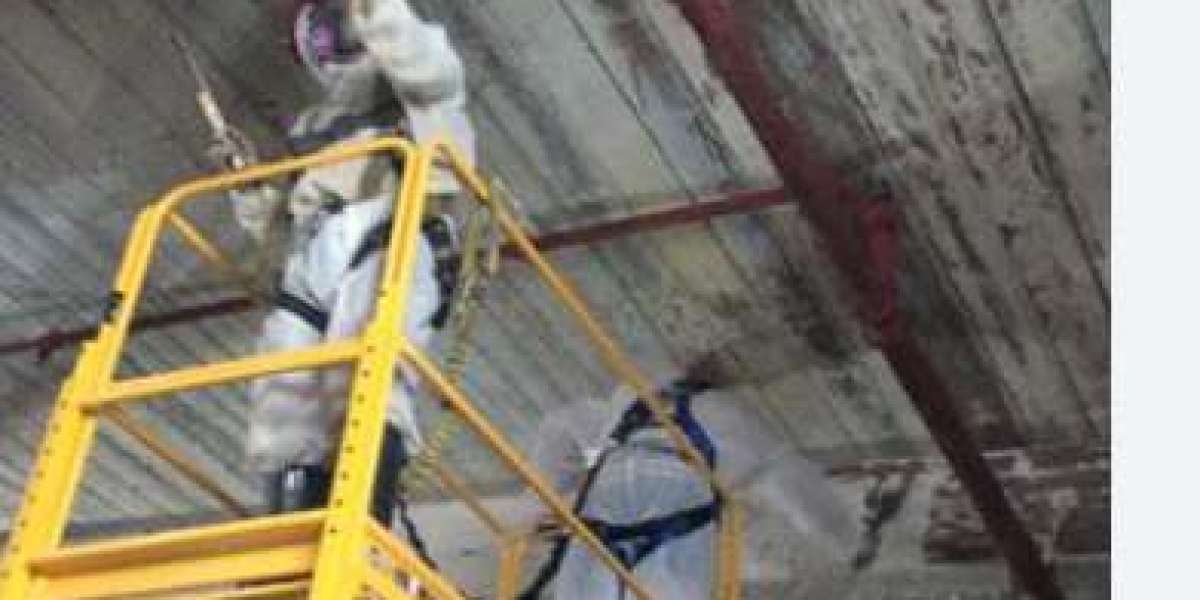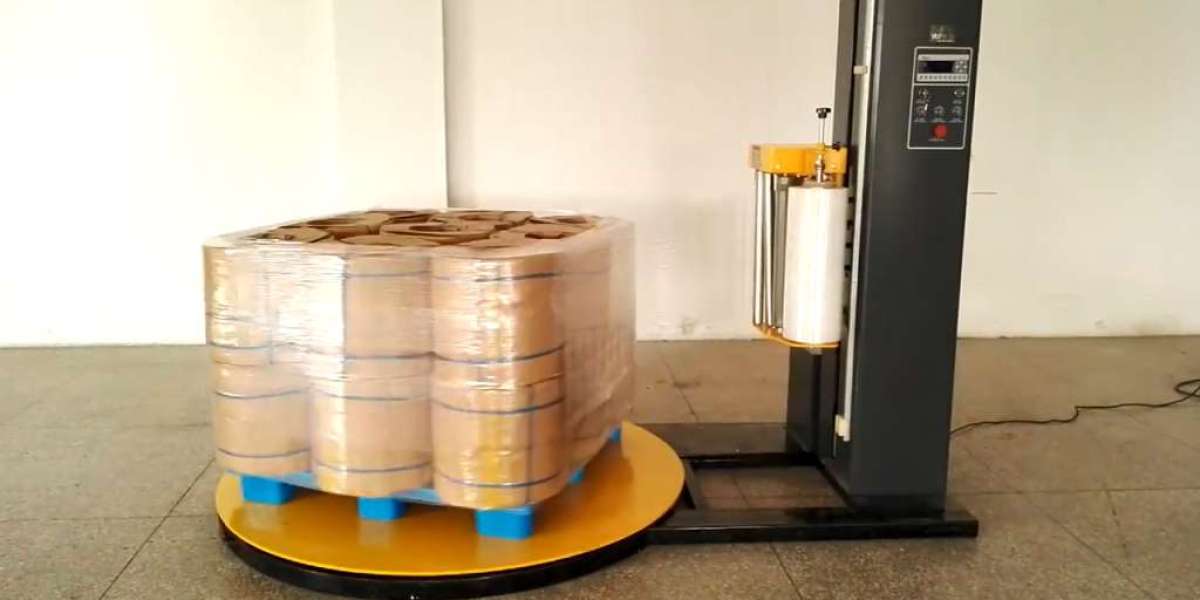Asbestos Removal Demolition are critical processes that ensure safety and compliance with environmental regulations. Asbestos, once widely used in construction, poses serious health risks if disturbed. This guide provides detailed information on asbestos removal and demolition, including the importance, process, regulations, and choosing the right service provider.
- Importance of Asbestos Removal
- Health Risks
- Asbestos Fibers: Inhalation of asbestos fibers can cause serious health issues, including lung cancer, mesothelioma, and asbestosis.
- Prolonged Exposure: Even short-term exposure can lead to long-term health problems.
Legal Compliance
- Regulations: Compliance with local, state, and federal regulations is mandatory to avoid legal repercussions.
- Safe Environment: Ensures a safe environment for workers and occupants.
Environmental Protection
- Contamination Prevention: Proper removal prevents contamination of air, soil, and water.
- Disposal: Safe disposal methods protect the environment.
- Asbestos Removal Process
- Inspection and Assessment
- Site Survey: A thorough survey to identify the presence of asbestos-containing materials (ACMs).
- Risk Assessment: Evaluating the risk and extent of asbestos contamination.
Planning
- Work Plan: Developing a detailed work plan outlining the removal process, safety measures, and disposal methods.
- Permits: Obtaining necessary permits from regulatory bodies.
Containment
- Isolation: Isolating the affected area to prevent the spread of asbestos fibers.
- Air Filtration: Using HEPA filters and negative air pressure units to clean the air.
Removal
- Protective Gear: Workers wear protective gear, including respirators, to prevent exposure.
- Wet Methods: Using water to suppress dust and prevent fibers from becoming airborne.
- Careful Handling: Careful removal and handling of ACMs to avoid breakage and fiber release.
Cleaning and Decontamination
- Surface Cleaning: Thorough cleaning of all surfaces in the affected area.
- Air Monitoring: Air quality monitoring to ensure no residual asbestos fibers.
Disposal
- Sealed Containers: Asbestos waste is placed in sealed, labeled containers.
- Licensed Facilities: Transported to licensed disposal facilities following regulatory guidelines.
- Demolition with Asbestos
- Pre-Demolition Survey
- Asbestos Survey: Conducting a detailed asbestos survey before demolition begins.
- Documentation: Documenting the location, quantity, and condition of ACMs.
Regulatory Compliance
- Notification: Notifying regulatory authorities about the presence of asbestos and planned demolition.
- Permits and Approvals: Securing necessary permits and approvals.
Controlled Demolition
- Safety Measures: Implementing safety measures to protect workers and the surrounding environment.
- Sequential Demolition: Carefully planned demolition sequence to manage and contain asbestos.
Post-Demolition Cleanup
- Debris Management: Proper management and disposal of demolition debris containing asbestos.
- Site Decontamination: Ensuring the site is free from asbestos contamination.
- Regulations and Compliance
- Federal Regulations
- OSHA: Occupational Safety and Health Administration (OSHA) sets standards for worker safety during asbestos removal and demolition.
- EPA: Environmental Protection Agency (EPA) regulates asbestos under the Clean Air Act and the Toxic Substances Control Act.
State and Local Regulations
- State Guidelines: Each state may have additional guidelines and regulations for asbestos management.
- Local Permits: Local authorities may require specific permits and inspections.
Licensing and Certification
- Certified Professionals: Asbestos removal and demolition must be performed by licensed and certified professionals.
- Training: Workers must undergo training and certification in asbestos handling and safety.
- Choosing the Right Service Provider
- Reputation and Experience
- Established Firms: Choose companies with a proven track record in asbestos removal and demolition.
- References and Reviews: Check references and online reviews for customer satisfaction.
Certifications and Licensing
- Proper Licensing: Ensure the company holds the necessary licenses and certifications.
- Compliance: Verify their compliance with OSHA, EPA, and local regulations.
Comprehensive Services
- Full Range: Opt for providers offering a full range of services, including inspection, removal, demolition, and disposal.
- Customized Plans: Providers should offer customized plans tailored to your specific needs.
Safety Protocols
- Safety Measures: Confirm the company follows strict safety protocols to protect workers and the environment.
- Training: Ensure workers are trained and certified in asbestos handling and safety.
Insurance and Liability
- Insurance Coverage: Verify the company’s insurance coverage for asbestos-related risks.
- Liability Protection: Ensure they offer liability protection in case of accidents or exposure.
Conclusion
Asbestos removal and demolition are complex processes that require expertise, strict safety measures, and compliance with regulations. Choosing the right service provider in Rotherham involves careful consideration of their reputation, experience, certifications, and adherence to safety protocols. By ensuring thorough planning, containment, and disposal methods, you can effectively manage asbestos risks and create a safe environment. For more information or to start your project, contact local asbestos removal and demolition experts for consultations and quotes.



